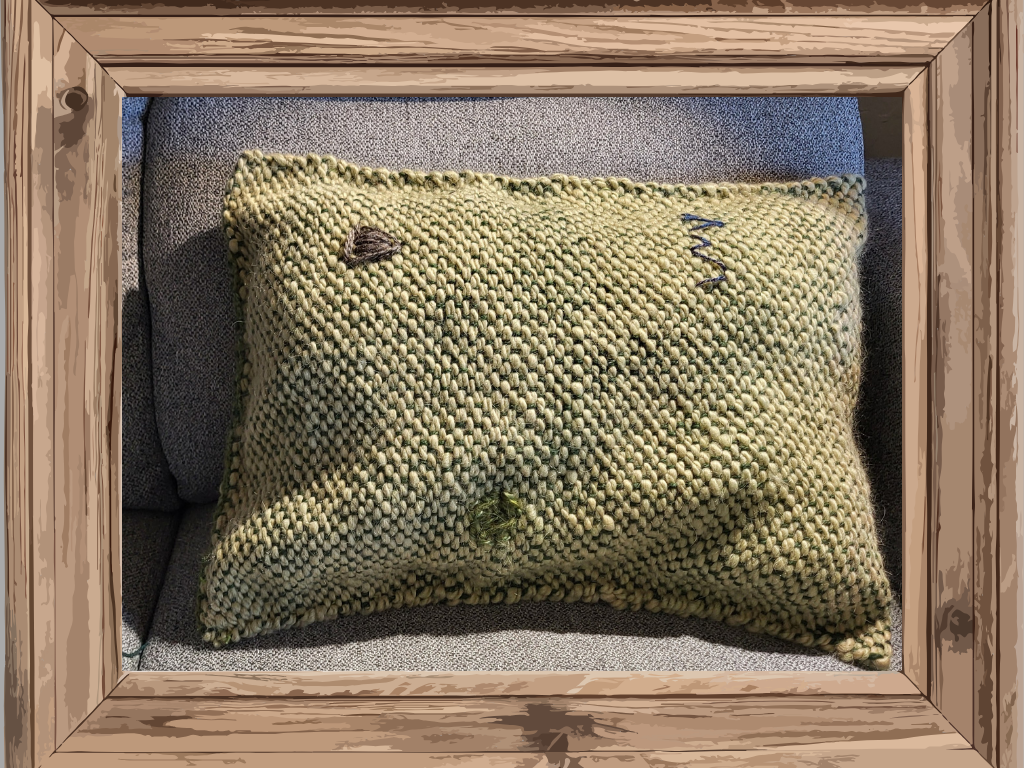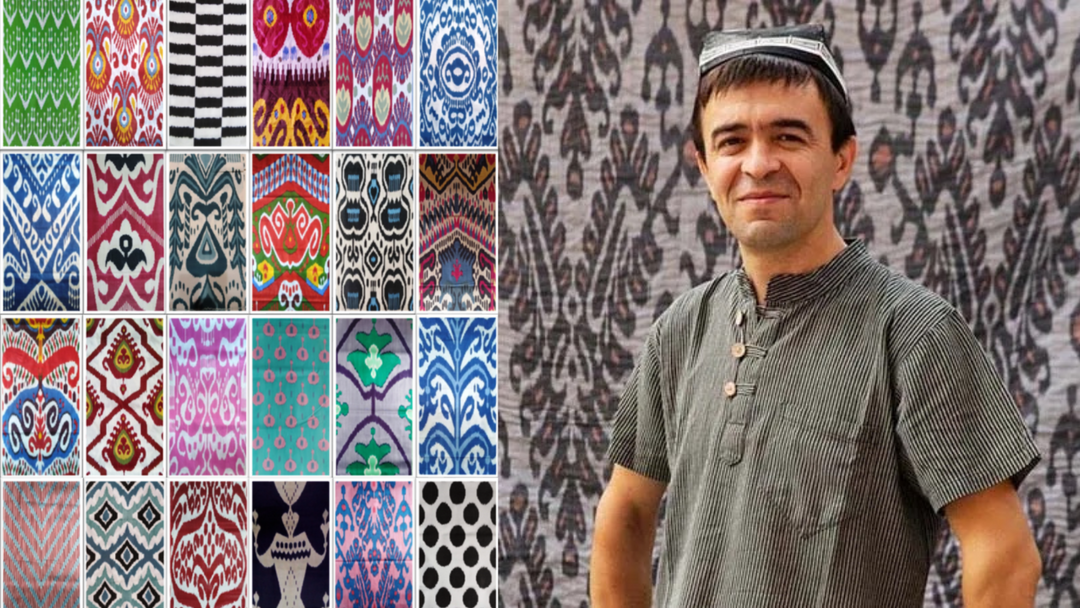By Rikki Quintana, Owner and CEO
Are you a world traveler who is tired of bringing home cheap tourist souvenirs?
Have you ever connected with an amazing artisan in some exotic locale, and wondered how you could bring their products to the US?
Have you ever considered creating your own Fair Trade business, and then said to yourself, “Oh no, I could never do that! I’m terrible at sales”?
Then my new “Fair Trade Caravan” blog is for you. Come join me on the journey to the heart of the Great Silk Road in Central Asia. Along the way, we’ll explore the why’s and how’s and up’s and down’s of creating a new Fair Trade handicrafts business.
A LITTLE ABOUT ME
It’s ironic that my life’s mission is now intimately connected with sales, since I’m the girl who dropped out of Girl Scouts because I hated selling Girl Scout cookies. I also dropped out of band in high school because I hated selling band candy. Why in the world, then, did I decide to start a handicraft import business to open the first US market for handicrafts from Tajikistan? I grew up in Santa Fe, majored in Spanish at the University of New Mexico, and then went to Stanford Law School. I had visions of becoming an “international lawyer” (whatever that is), but my professional life took a different path. I ultimately spent 31 years as a business transactions lawyer, first in Orange County, California and then back in Albuquerque since 1985.
When I retired at the end of 2011, I decided to go back to where my heart has always been: international connections and cross-cultural communication. I volunteered with a local organization that hosted visiting professional exchange delegations from around the world. We hosted our first delegation from Tajikistan in October 2013, which was focused on the theme of “Youth Development.” We learned that Tajikistan is the smallest and poorest of the former Soviet republics, and that conditions there can be extraordinarily difficult.
 Electricity is often sporadic, especially in rural areas. Jobs are scarce. Only 7% of the land in the country is suitable for farming, the remaining 93% being rugged (but beautiful) mountains. Perhaps 50% of the Gross Domestic Product of the country comes from the approximately 50% of the adult male population that is (or was, until very recently) working in Russia as migrant workers. Recent changes in Russian migrant labor regulations have made it even more difficult for Tajiks. It is especially difficult for women and children from rural mountainous areas, which represent about 75% of the population.
Electricity is often sporadic, especially in rural areas. Jobs are scarce. Only 7% of the land in the country is suitable for farming, the remaining 93% being rugged (but beautiful) mountains. Perhaps 50% of the Gross Domestic Product of the country comes from the approximately 50% of the adult male population that is (or was, until very recently) working in Russia as migrant workers. Recent changes in Russian migrant labor regulations have made it even more difficult for Tajiks. It is especially difficult for women and children from rural mountainous areas, which represent about 75% of the population.

Despite these challenges, the delegates we met were passionate about building a better future for youth and their families in Tajikistan. Their passion so inspired my colleague Karen Schafer and me that we decided to create our own nonprofit organization, Bridges to Tajikistan, to help support their efforts, even though neither of us had ever gotten any closer to Tajikistan than Russia and had no prior interest in Central Asia. Bridges to Tajikistan has since evolved into something beyond our wildest dreams. You can find out more about Bridges on their website.
THE BIRTH OF HOONARTS
In October 2014, Bridges to Tajikistan hosted the second Open World professional exchange delegation from Tajikistan to visit Albuquerque.

One of the delegates was Bakhriddin Isamutdinov, Executive Director of the Tourism Development Center of Tajikistan, who works closely with handicraft artisans and organizations around the country. The 2014 delegation met with the International Folk Art Alliance, home of the annual Santa Fe International Folk Art Market, the largest folk art market in the world. We discussed the operation of the Market and the prospects for having Tajik artists participate for the first time in the 2016 Market. Almost before we knew it, Bridges to Tajikistan decided to support the establishment of a Tajik handicrafts import business, based on Fair Trade principles. You can enjoy a short video of the actual birth of the business in my living room, which Bakhriddin recently shared from his personal archive.
Working closely with Bakhriddin after he returned home, I ordered the first products from Tajikistan and the business was launched. Being an experienced business transactions lawyer, and having a lot of great connections in the entrepreneurial and Fair Trade community, I assumed that I would figure it all out. The journey since then has been a little bit like jumping off a cliff (or the top of Sandia Peak) with a small hang glider, but the ride and the view is fabulous. I am figuring it out, but it’s sometimes a little (or a lot) more challenging than I first thought it would be. I decided to create this blog to share with other “crazy” people who have ever entertained the idea of creating their own Fair Trade business to provide a more detailed road map of what’s involved. It turns out, I’m not on the high speed interstate highway, but I’m having a great journey on the back roads and byways. I hope you enjoy the caravan ride with me.
CHOOSING THE FIRST PRODUCTS
How in the world did I choose the first products, since I had never been to Tajikistan and there is no existing market in the US for handicrafts in Tajikistan. At the time, there had never even been an artist from Tajikistan represented at the Santa Fe International Folk Art Market. I decided, in consultation with Bakhriddin, that I needed to concentrate on the highest quality products, since Tajikistan is land-locked and we already knew from the work with Bridges to Tajikistan that shipping costs would be high. I also decided that I needed to try to find products that would not have too much local competition, since New Mexico is already known as an arts and crafts mecca.
So, what market research did I do? It certainly wasn’t systematic or definitive. I looked at gifts that delegates from Tajikistan had brought. I checked out Facebook pages related to Tajikistan, which often posted photos of handicrafts. I showed photos from Facebook to friends in Albuquerque and asked their opinion about whether they thought the products would sell in the US. And most importantly, I relied on Bakhriddin to tell me about the quality of the products and the integrity of the artisans.
What did this look like in practice? I send Bakhriddin a photo from Facebook and ask, “How much would this cost?” After sending my message through Google Translate, he sends me back an IM on Facebook saying, “I know the Master. I’ll call him and find out.” The next day, I receive a message that “That hand carved comb costs $X. The combs have the UNESCO Award of Excellence. They are very high quality, and I know the Master. He is an honest man.” So I say, “OK, please send me 10 of his combs.” Or, Bakhriddin sends me photos he has taken at the Winter Crafts Fair in the capital city of Dushanbe. I look through them, and say, “Oh, that one looks too ‘Southwestern’ in design, so I think there would be too much competition. But this one, this one looks interesting. What is it, exactly?” And Bakhriddin responds, “That is an embroidered pillow cover. I will ask the artist the price.” Or, sometimes, Bakhriddin says, “Oh, I cannot let you buy that product. The quality is not high enough.” Or on very rare occasions, he says, “I cannot let you work with that artist. He is not an honest person.”
Each one of the HoonArts products goes through this very scientific selection process. We test the market here when we have the actual products in hand. We are now beginning to have a sense of which products sell routinely, and have placed several re-orders. We have also had some products specially designed for us, based on feedback from US customers. (More about that in a future post.) It’s still very early, however, so we’re still experimenting on a daily basis, and probably will continue to do so for some time.
LESSONS LEARNED:
-
Find a trustworthy local partner in the country that you want to work with who shares your Fair Trade values and can help you navigate the day to day challenges on site. I have been incredibly blessed to have had Bakhriddin as a partner from day one.
-
Be willing to take the risk that you may not begin with the right products. Be aware that you may spend a fair bit of money on products that never sell.
TO RECEIVE "FAIR TRADE CARAVAN" BLOG UPDATES BY EMAIL, SIGN UP HERE.








Leave a comment